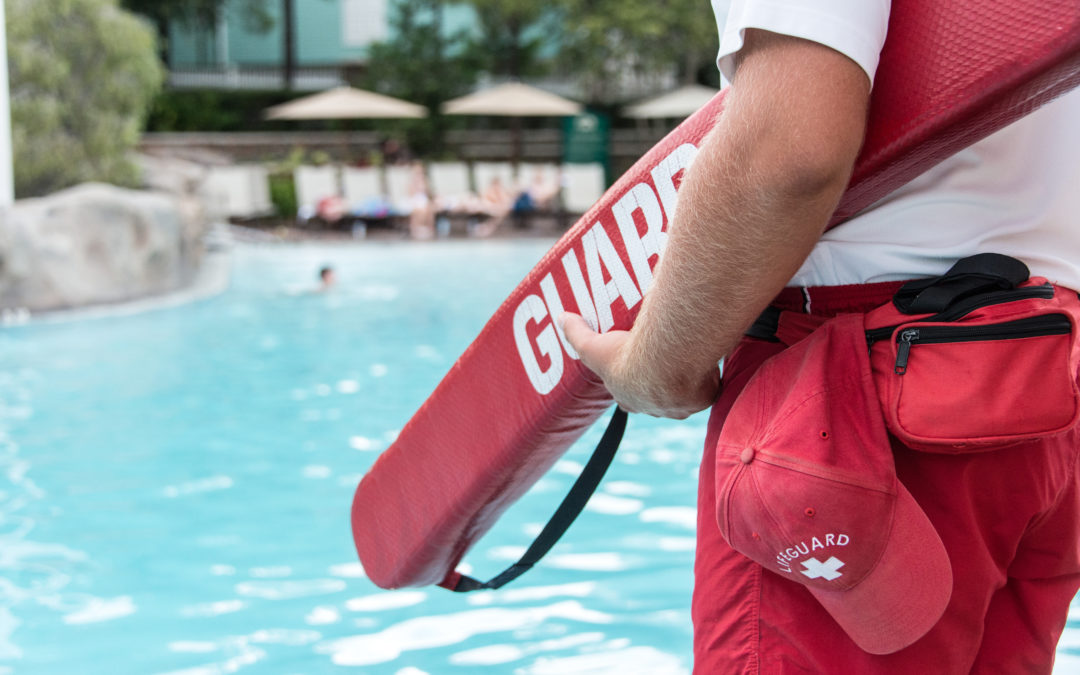As COVID-19 restrictions are lifted in several states, many community associations have opened or are planning to open their pools for the summer season. But while residents have been looking forward to sunny days spent by the poolside, nationwide lifeguard shortages may challenge communities’ pool operations.
Community associations and municipalities have struggled to hire lifeguards for years, but the pandemic exacerbated the issue. Restrictions on in-person activities and other requirements to limit the spread of COVID-19 meant that lifeguard courses and training could not be conducted safely, says Melissa Swanson, president of The Swimming Swan in Encinitas, Calif., which provides aquatics services such as lifeguards for hire and lifeguard management to homeowners associations.
“It’s not possible to teach and practice water rescue, for example, while socially distancing, so there’s a major lack in trained lifeguards,” notes Swanson. On top of a lack of training, many people have been hesitant to take lifeguard jobs due to safety concerns if they are unvaccinated or worry that their unemployment benefits could be affected, she adds.
Crystal Gill, director of new business and marketing at Staying-A-Float Lifeguarding in Little Elm, Texas, which also provides aquatics services and lifeguard management to associations, says people were unable to get certified or re-certified as lifeguards, leading to a lack of qualified candidates.
She notes that the company also has seen increased business costs, including insurance coverage, disinfecting supplies, and implementing higher wages to compensate the lifeguards that they managed to bring onboard. “It has been a $2 or $3 hourly increase to what we typically paid prior to the COVID situation,” says Gill.
Some communities have had to adjust operations due to a lack of lifeguards. For example, Genesee Foundation in Golden, Colo., has turned to hiring young residents to open and close the pools since this is the first year the community has not had lifeguards or other staff supervising them, says Susannah Barr, CMCA, AMS, PCAM, community manager. She notes that it has been difficult to find people to work about 45 minutes twice a day.
Despite the challenges stemming from lifeguard shortages, both Gill and Swanson note that their companies have been able to provide services to communities that have maintained COVID-19 restrictions such as occupancy limits and social distancing.
Gill says that the biggest demand during the pandemic has been for pool and gate monitors to help ensure social distancing is observed and disinfecting is carried out frequently, especially at communities that have “swim-at-your-own-risk” policies at their pools.
Swanson’s team worked to develop an online reservation system that enabled the company to maintain the correct occupancy count for both lap swimming and open swimming, which eliminated the need for paper sign-ins and allowed time blocks for pool sanitization.
>>Learn how communities are operating pools this year in Pool Position: Swim Season Operations During the COVID-19 Pandemic. Free for CAI members and $19.99 for nonmembers.


